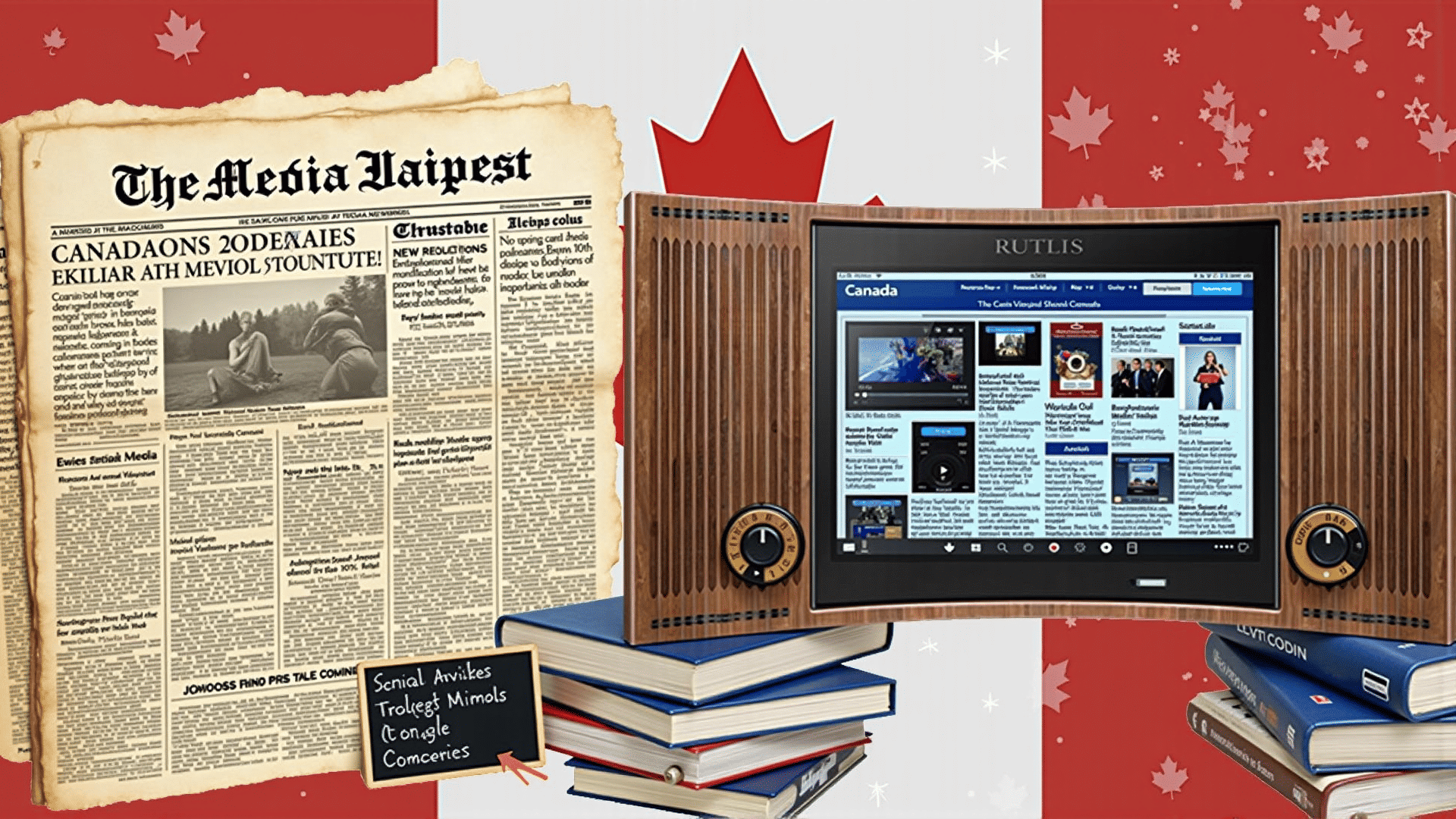The concept of media literacy in Canada has undergone a significant transformation over the years, evolving from a basic understanding of media to a critical framework essential for navigating the complex media landscape of the 21st century. This journey reflects a broader societal realization of the importance of equipping individuals, particularly younger generations, with the skills necessary to critically analyze and engage with the multitude of media messages they encounter daily.
Initially, media literacy in Canada focused primarily on traditional platforms such as newspapers, radio, and television. These early efforts were aimed at helping the public understand the persuasive nature of these formats and the influence they exerted on public opinion and culture. However, as digital technologies emerged and proliferated, the scope of media literacy broadened dramatically.
By the late 20th century, the Canadian government and educational institutions began to recognize the need to incorporate media studies into school curricula. This period marked the creation of structured programs that encouraged students to question and analyze the content and purpose of various media messages. Schools across the country started introducing dedicated courses to teach students about the roles of sender and audience, message construction, and the impact of media ownership and regulation.
One of the key developments in advancing media literacy was the establishment of MediaSmarts, a not-for-profit organization that has become a cornerstone in Canada's media literacy efforts. Since its inception, MediaSmarts has developed a wide array of resources and tools aimed at helping educators, parents, and young people enhance their understanding of digital environments. These resources emphasize critical thinking and responsible media consumption, crucial elements in developing informed citizens in a digital age.
The challenges faced in promoting media literacy in Canada have been numerous. The rapid pace of technological advancement means educators must constantly adapt curricula to keep pace with new developments in media. Issues such as misinformation, privacy concerns, and the ethical use of digital tools present ongoing challenges that require adaptive strategies in education and public policy. Another significant hurdle has been ensuring equitable access to media literacy resources across diverse geographical and socio-economic landscapes in Canada. Initiatives have been developed to address these disparities, ensuring that all Canadians, regardless of background, have the opportunity to acquire essential media literacy skills.
Today, media literacy in Canada is recognized as a vital competency. Public policy has increasingly underscored its importance as a foundational element of lifelong learning and citizenship. Schools and educators are tasked not only with disseminating information but also with fostering an environment where students can actively question and interpret the deluge of information they encounter.
In conclusion, the evolution of media literacy in Canada reflects a broadening understanding of its centrality to modern life. As our media environment continues to transform, Canada remains committed to addressing the challenges and leveraging media literacy as a tool to empower individuals in making informed choices, participating in democratic processes, and contributing to the social and cultural fabric of the nation.
